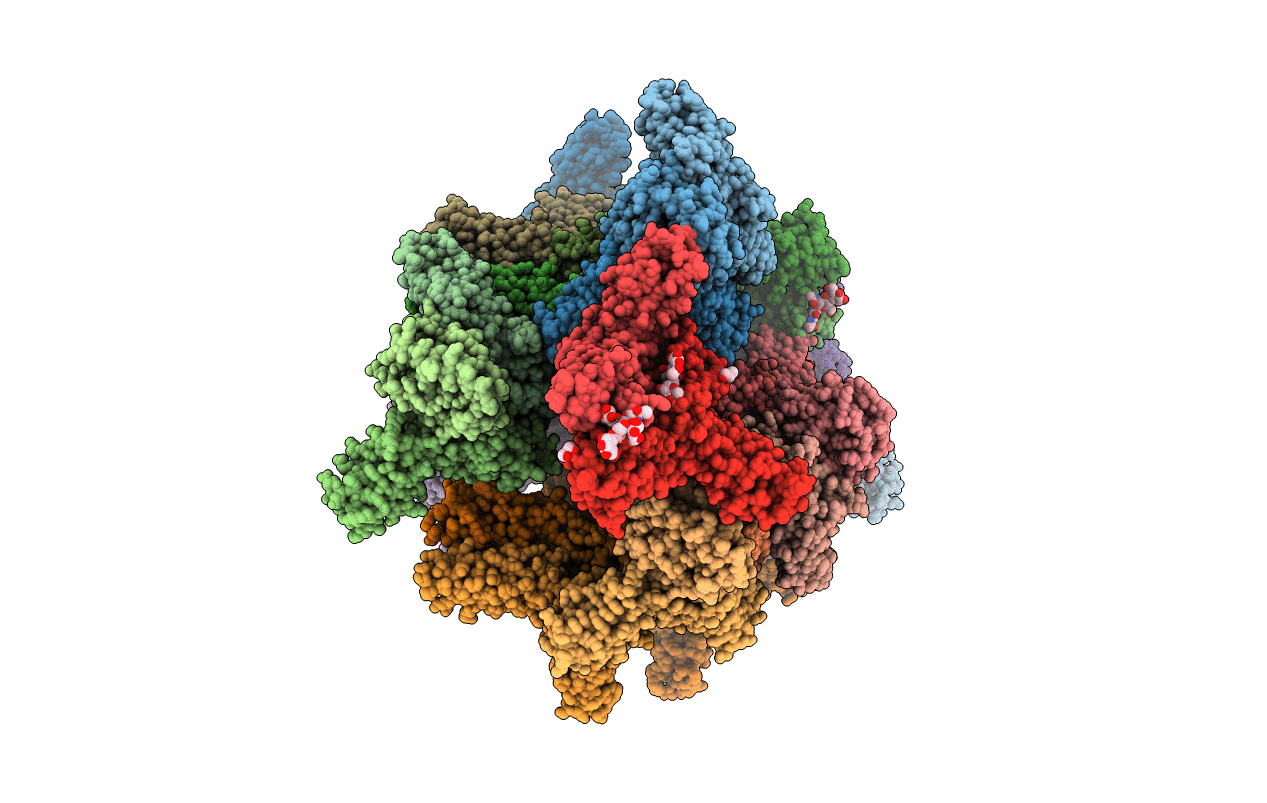Abstact
Interleukin-22 (IL-22) acts on epithelial cells to promote tissue protection and regeneration, but can also elicit pro-inflammatory effects, contributing to disease pathology. Here, we engineered a high-affinity IL-22 super-agonist that enabled the structure determination of the IL-22-IL-22Rα-IL-10Rβ ternary complex to a resolution of 2.6 Å. Using structure-based design, we systematically destabilized the IL-22-IL-10Rβ binding interface to create partial agonist analogs that decoupled downstream STAT1 and STAT3 signaling. The extent of STAT bias elicited by a single ligand varied across tissues, ranging from full STAT3-biased agonism to STAT1/3 antagonism, correlating with IL-10Rβ expression levels. In vivo, this tissue-selective signaling drove tissue protection in the pancreas and gastrointestinal tract without inducing local or systemic inflammation, thereby uncoupling these opposing effects of IL-22 signaling. Our findings provide insight into the mechanisms underlying the cytokine pleiotropy and illustrate how differential receptor expression levels and STAT response thresholds can be synthetically exploited to endow pleiotropic cytokines with enhanced functional specificity.



